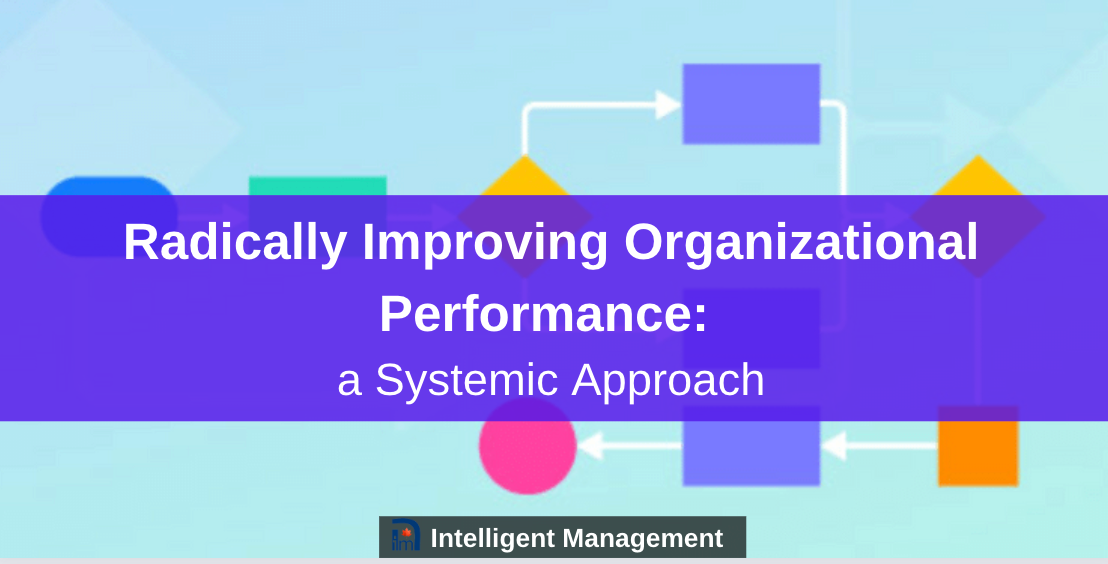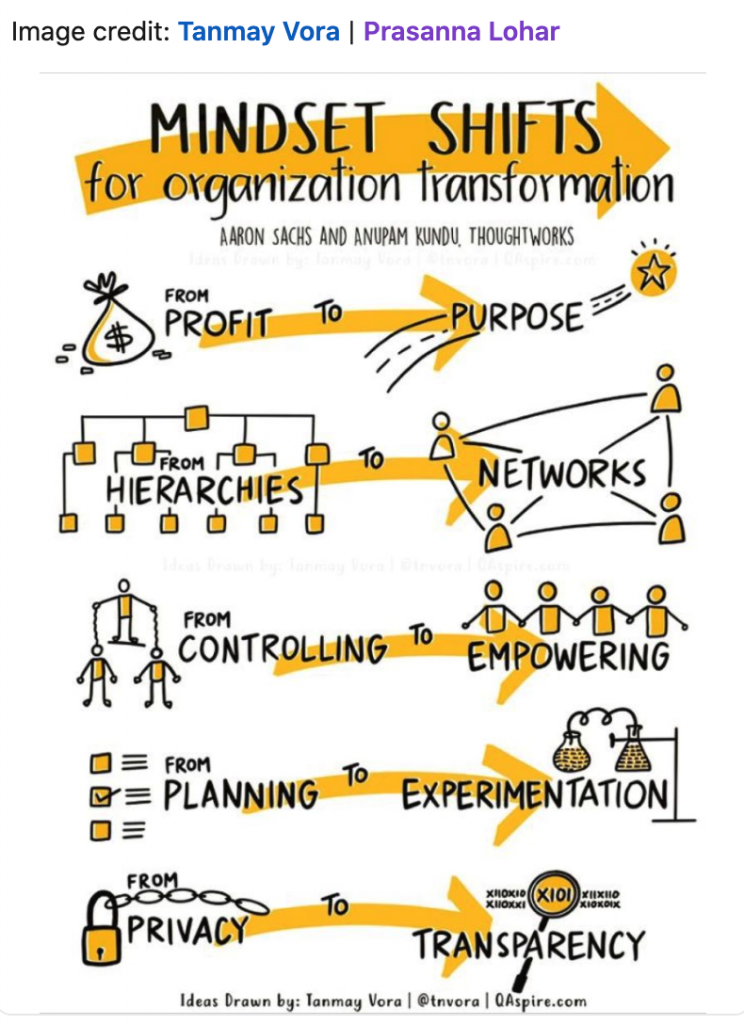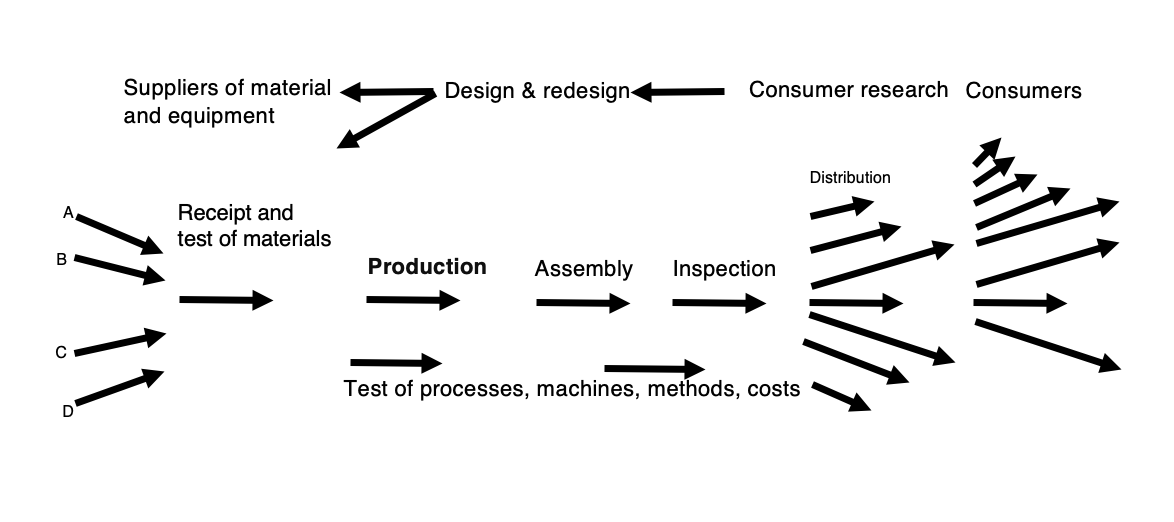
We have received thousands of views on LinkedIn for a post about the mindset shift necessary for a different kind of organization. While we didn’t create the infographic, we wholeheartedly agree with it but, in fairness, over the last 25 years of the Decalogue method we have done much, much more.

No matter how inspiring the infographic may be and no matter how relevant it is to the many thousands of people who react to it, if we don’t know HOW to achieve the desired shift in a practical way, we are no better off.
It’s not enough to say pretty words and have nice ideas about how we could work together in a way that is more meaningful and satisfying. (We can leave that to the likes of McKinsey and Deloitte). Our job at Intelligent Management over the years has been to find a way that radically improves organizational performance and that, in doing so, radically improves organizational culture. The two go firmly hand in hand.
It’s a big claim for such a small firm, you may think. How have we have been able to do this? By having laser focus on the biggest issue facing organizations today–how they are organized and why. In practice, we were able to find an answer by:
- Asking the right questions about what work really is and what organizations are for
- Framing the problem in a way that a solution can be found
- Developing a systemic, win-win solution for a new kind of high-performance organization
- Providing the solution with a method to roll it out
- Testing and continuously improving the method in a range of sectors
It is an approach that is proving to be particularly suitable for medium size companies who know they can achieve substantially more with the resources they have or for smaller companies who need a way to scale up rapidly without falling into the trap of silos. It is not just about taking a leap in performance but about a path for continuously improving performance in a way that is sustainable over time.
Improving organizational performance: it all starts with Dr. Deming
Regular readers of this blog are already familiar with an image that changed the direction of management history. It was drawn by someone we consider to be the ‘Einstein’ of management, Dr. W. Edwards Deming, back in 1952. Deming was invited to transfer the knowledge about how to overcome the crisis to Japanese industrial leaders after the devastation of WWII. In every meeting with the various Mr. Honda, Mr. Toyota etc., Deming presented them with the diagram below. They absorbed the lesson (unlike most western companies) and rose from the ashes to become an economic super power within two decades.
For the first time ever, instead of presenting a company as a vertical pyramid, Deming revealed the inherent nature of a company for what it is and how it needs to function to succeed: as a flow of inputs and outputs through processes, where the customer is clearly in the picture and where a feedback cycle from the customer enables continuous improvement that is essential for growth.
Right now, during our visits to Italy we are working with very different organizations and we always start from Deming’s diagram. Whether it is an organization that has been around for some time or a relatively new company, the first step of seeing the company as a flow of inputs and outputs provides an “aha” moment that triggers a fundamental shift in the way people understand work.

The end of hierarchy?
What Deming communicated to the Japanese was not the end of hierarchy. That would have had little appeal. Rather, what Deming foreshadows ia different kind of hierarchy based on knowledge: knowing what to do, when it has to be done and by whom, and knowing that unless the customer is satisfied through continuous improvement we cannot prosper as a business. The foundation of a sustainably successful company is Quality, in its most profound and uplifting sense of relentlessly understanding and managing variation (nothing to do with the soul-destroying bureaucracy imposed by the ISO regulations). It is a company structure where everyone can see the relevance of what they do and where speed of flow becomes central. Anything that slows that down inhibits the performance of the company. This is the bedrock of meaningful and satisfying work.
In the coming weeks, we will be taking a look at all the steps that are necessary to transform from needless frustration and under-performance to an organization built for speed and where everyone can contribute through meaningful and satisfying work. Please join us.
Try it yourself…
In the meantime, think about your own organization. What are the main inputs and outputs? What are the main processes? How do they interconnect? If you make the effort to map out your organization based on the Deming diagram, this will be a major step towards understanding how to improve your overall performance.
SEE PART 2 OF THIS SERIES
Interdependencies and Establishing the Goal of Your Organization – A Systemic Approach Part 2
To find out more about ten guided steps to a systemic leap for your company, contact Angela Montgomery at intelligentmanagement@sechel.ws
SCHEDULE AN INTRODUCTORY CALL WITH US
Intelligent Management works with decision makers with the authority and responsibility to make meaningful change. We have helped dozens of organizations to adopt a systemic approach to manage complexity and radically improve performance and growth for 25 years through our Decalogue management methodology. The Network of Projects organization design we developed is supported by our Ess3ntial software for multi-project finite scheduling based on the Critical Chain algorithm.
See our latest books Moving the Chains: An Operational Solution for Embracing Complexity in the Digital Age by our Founder Dr. Domenico Lepore, The Human Constraint – a digital business novel that has sold in 43 countries so far by Dr. Angela Montgomery and ‘Quality, Involvement, Flow: The Systemic Organization’ from CRC Press, New York by Dr. Domenico Lepore, Dr. .Angela Montgomery and Dr. Giovanni Siepe.






Leave a Reply